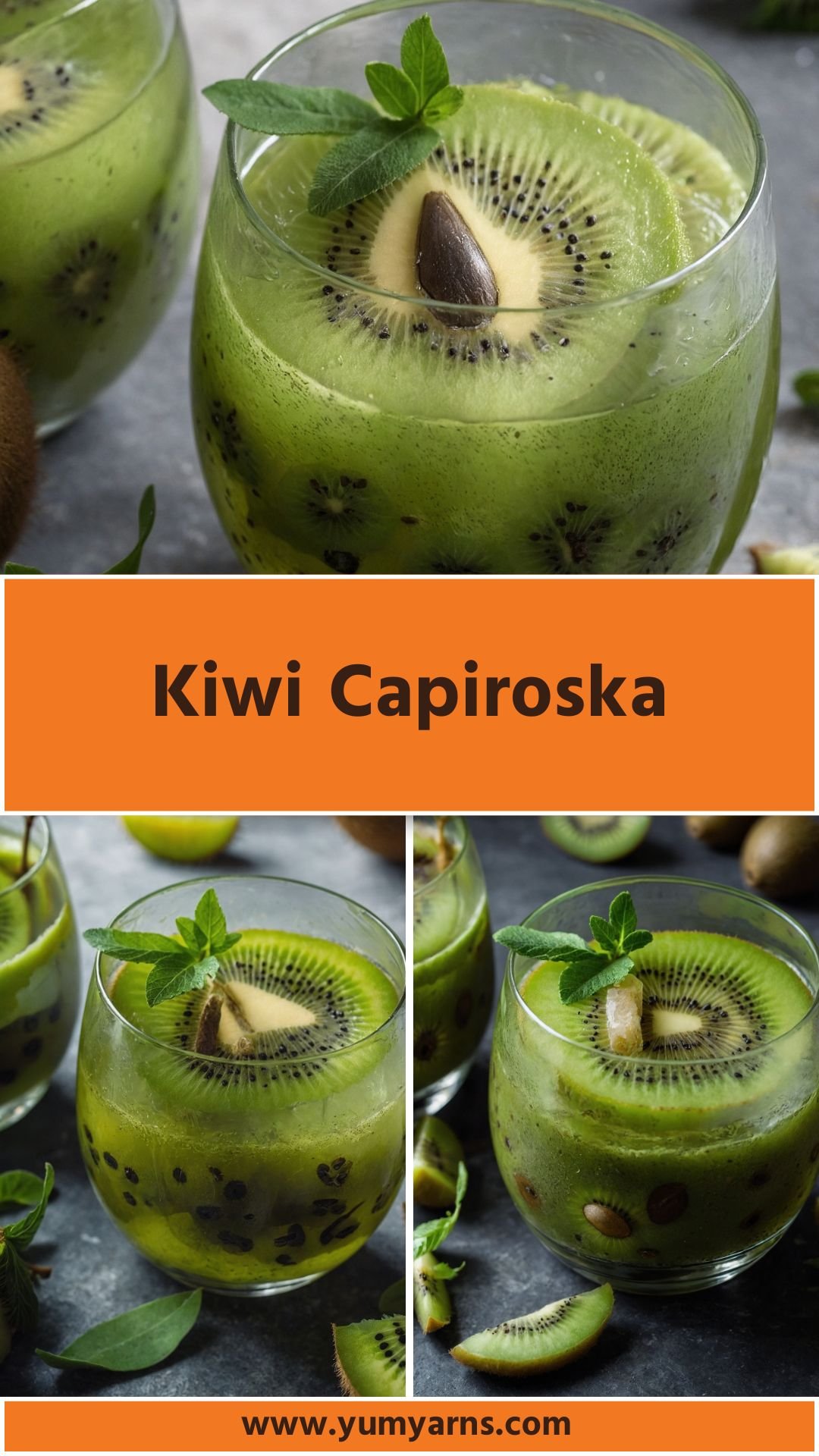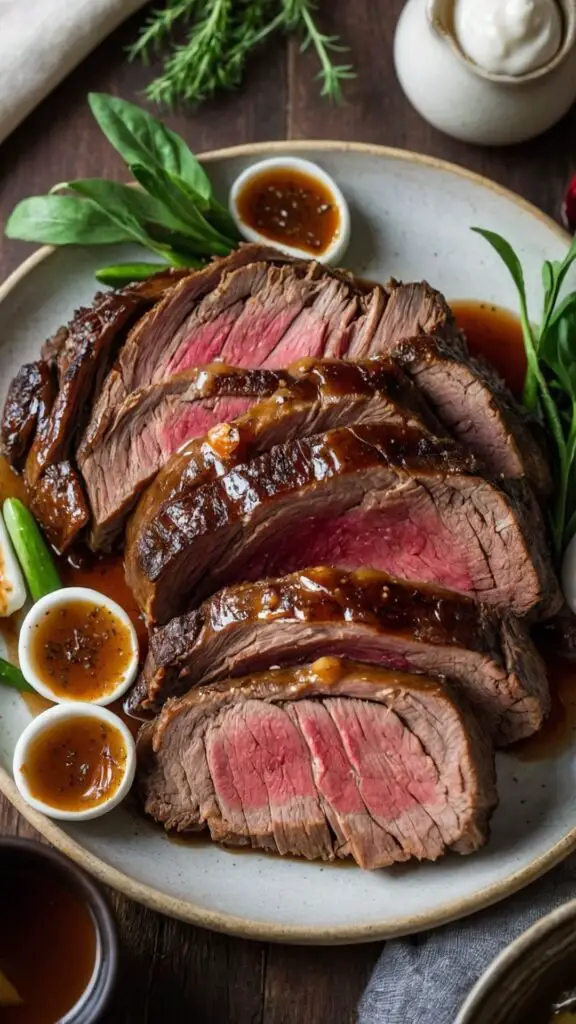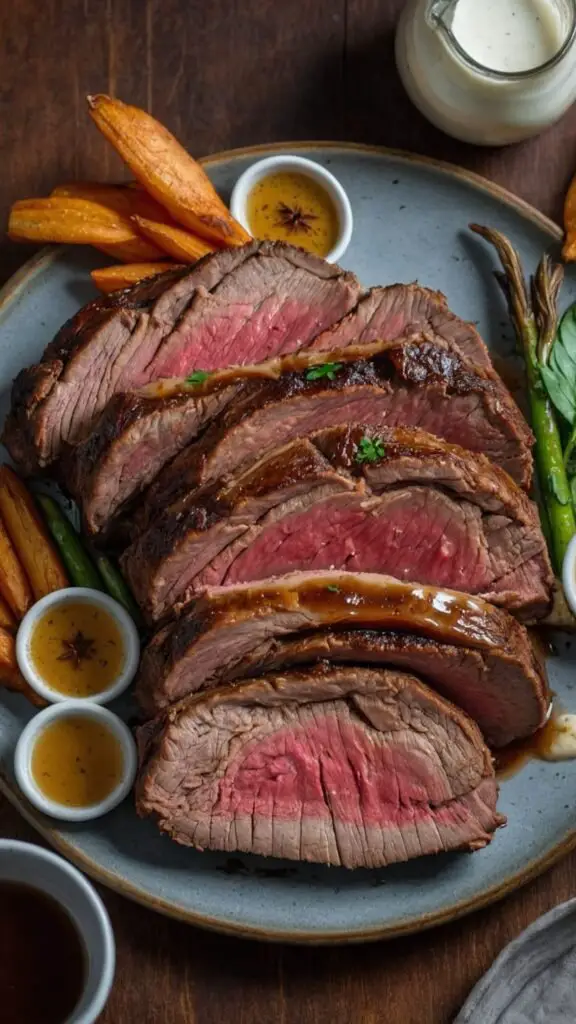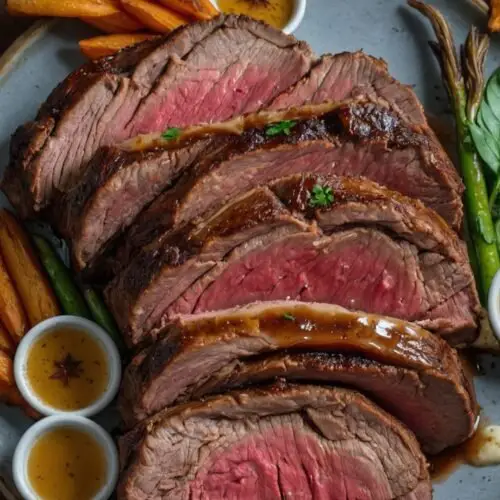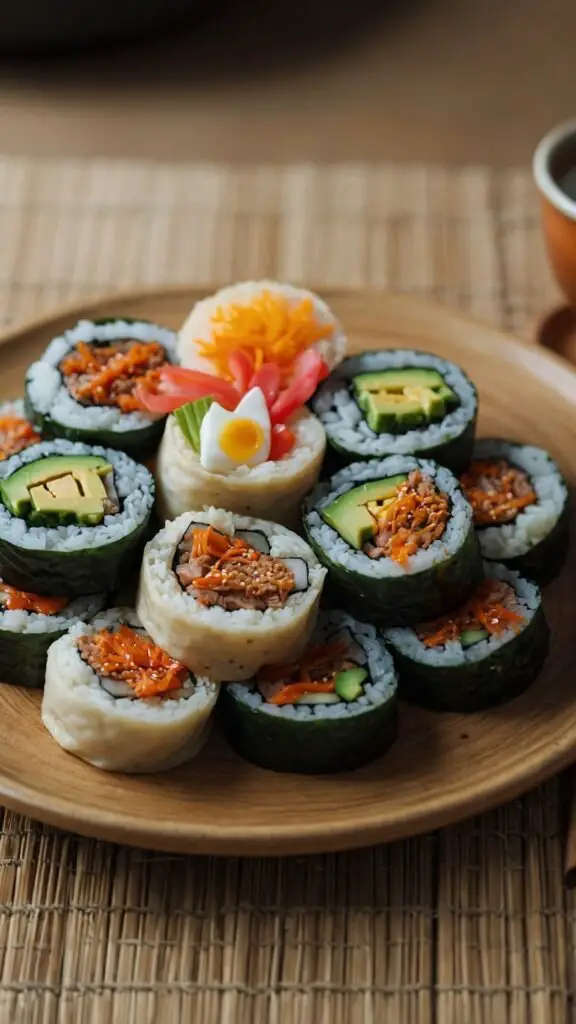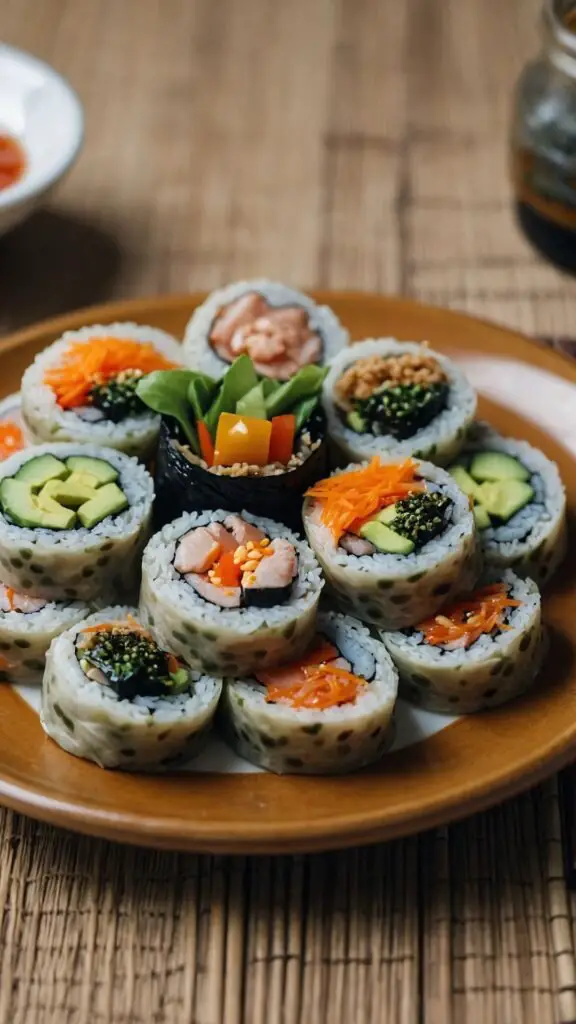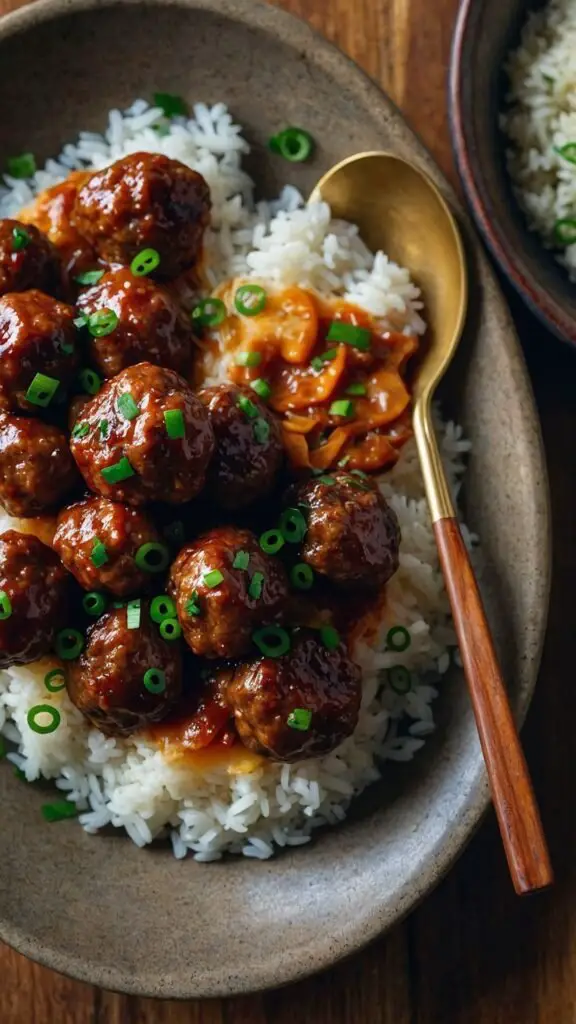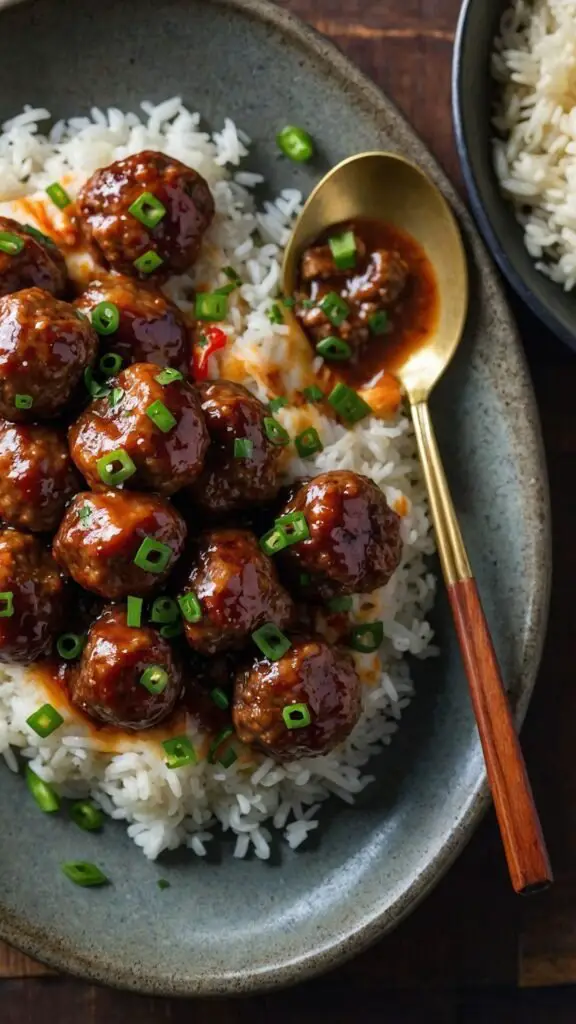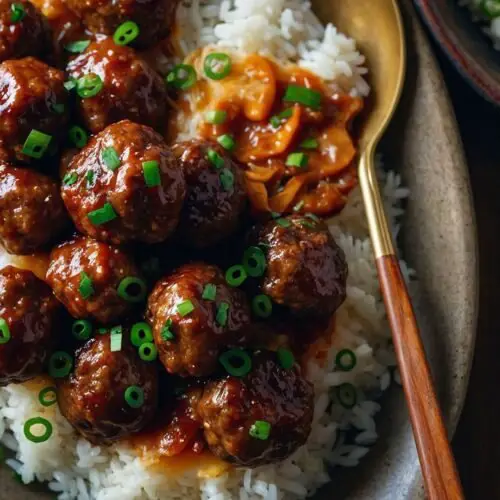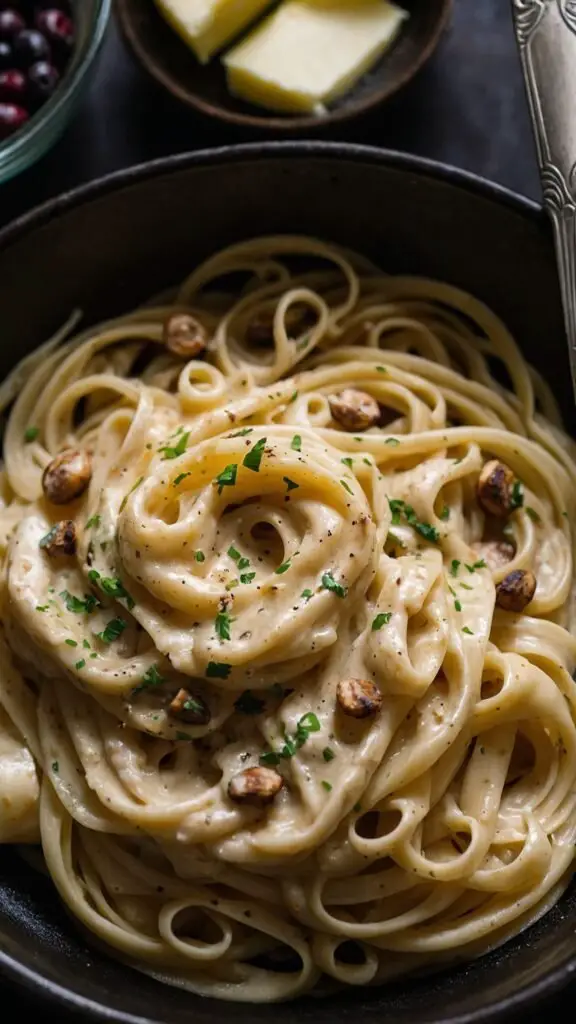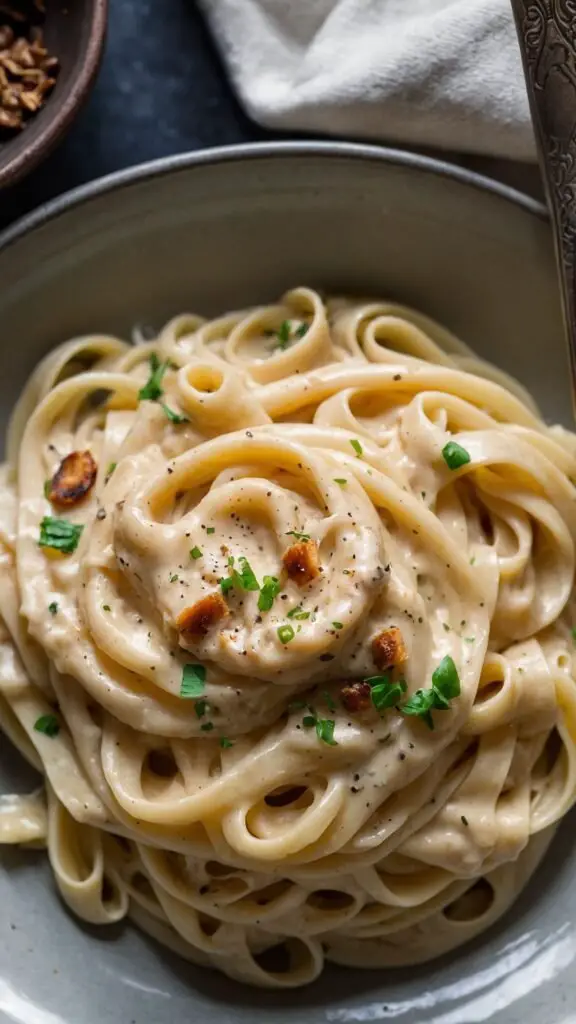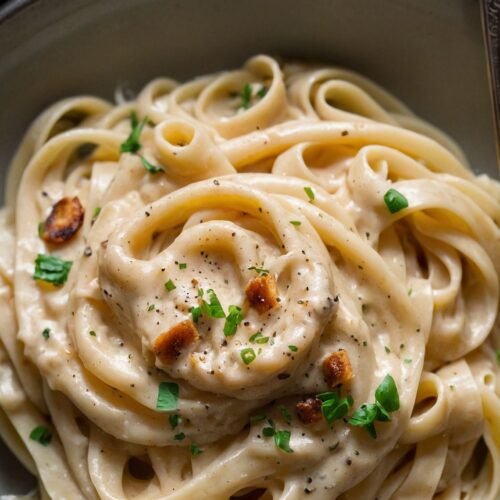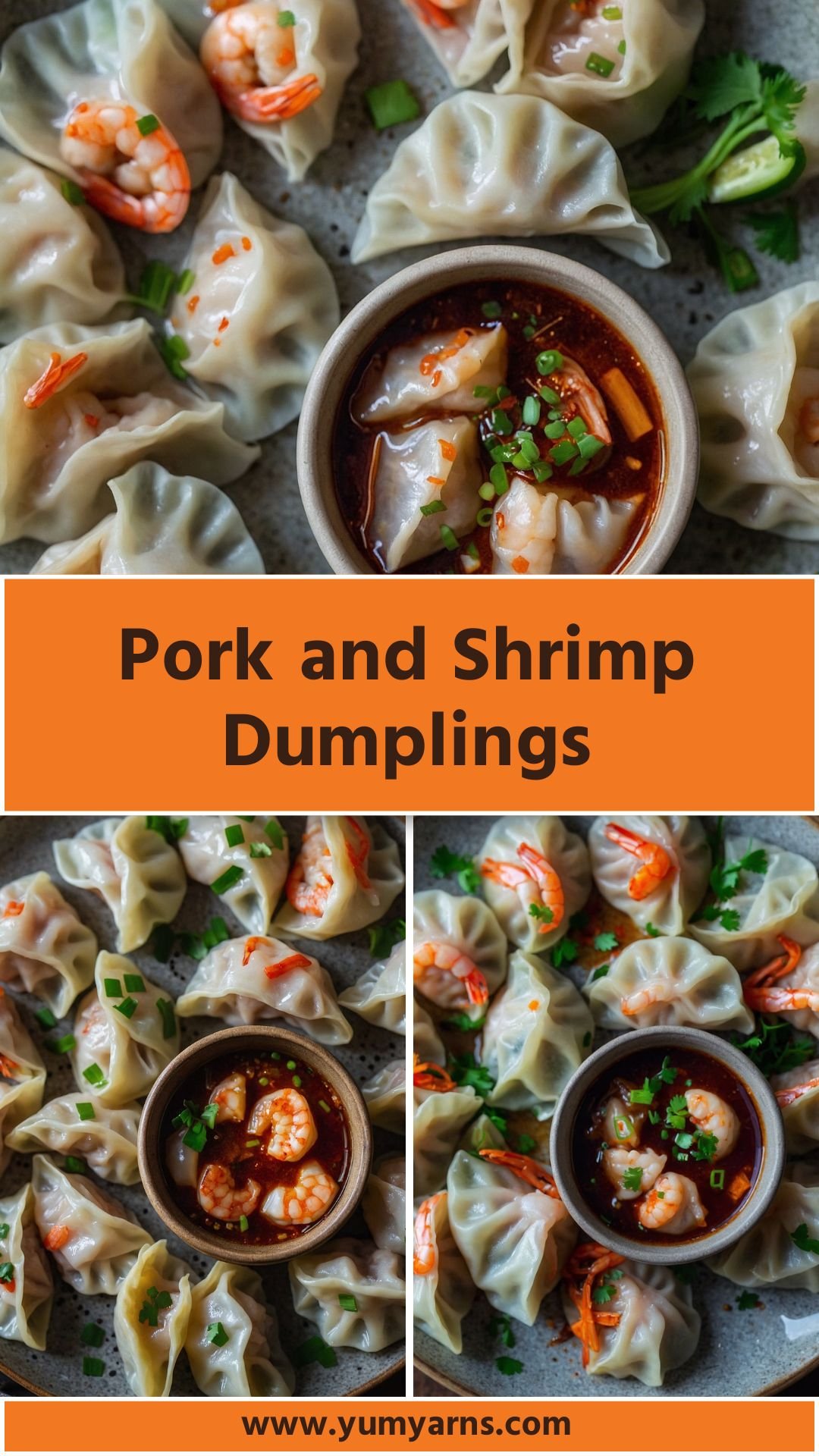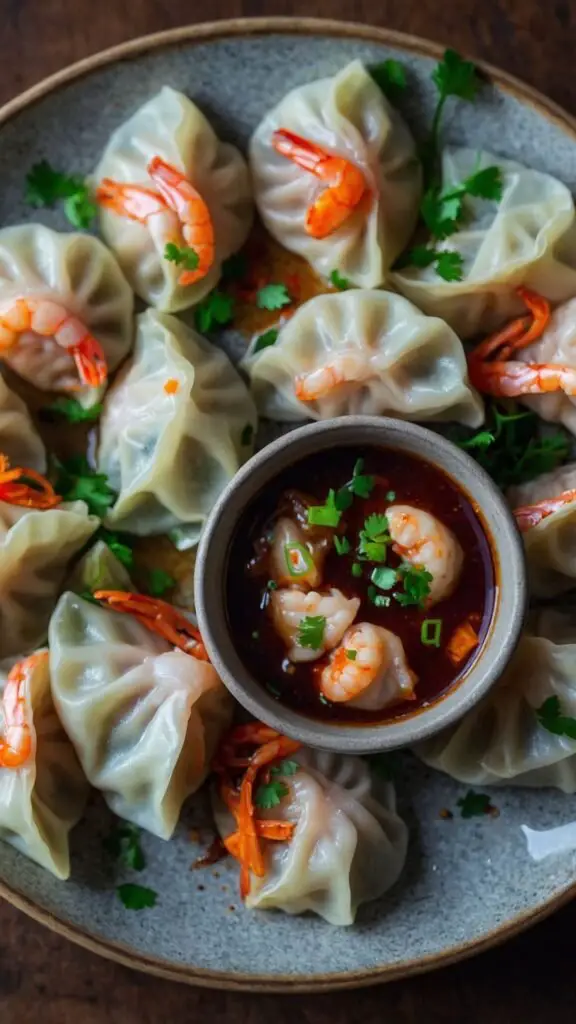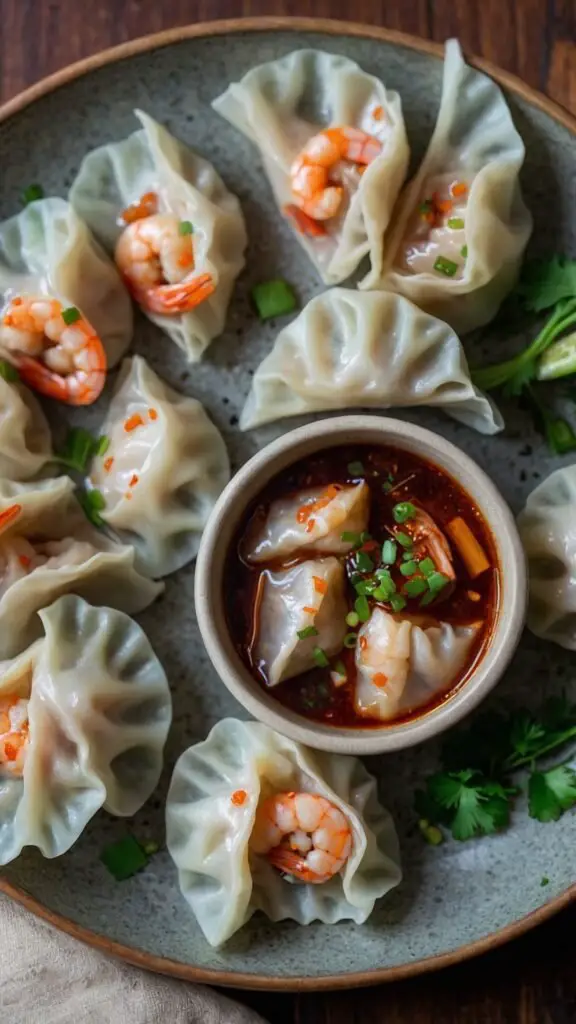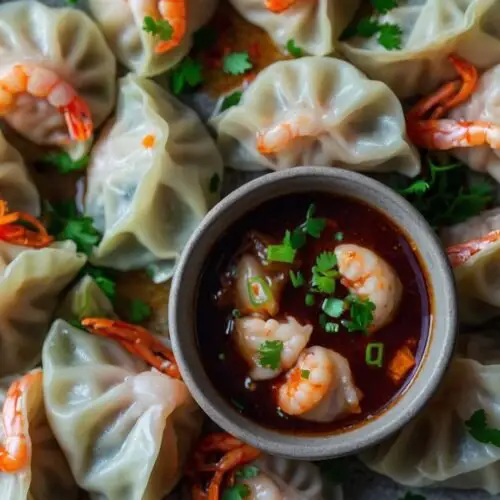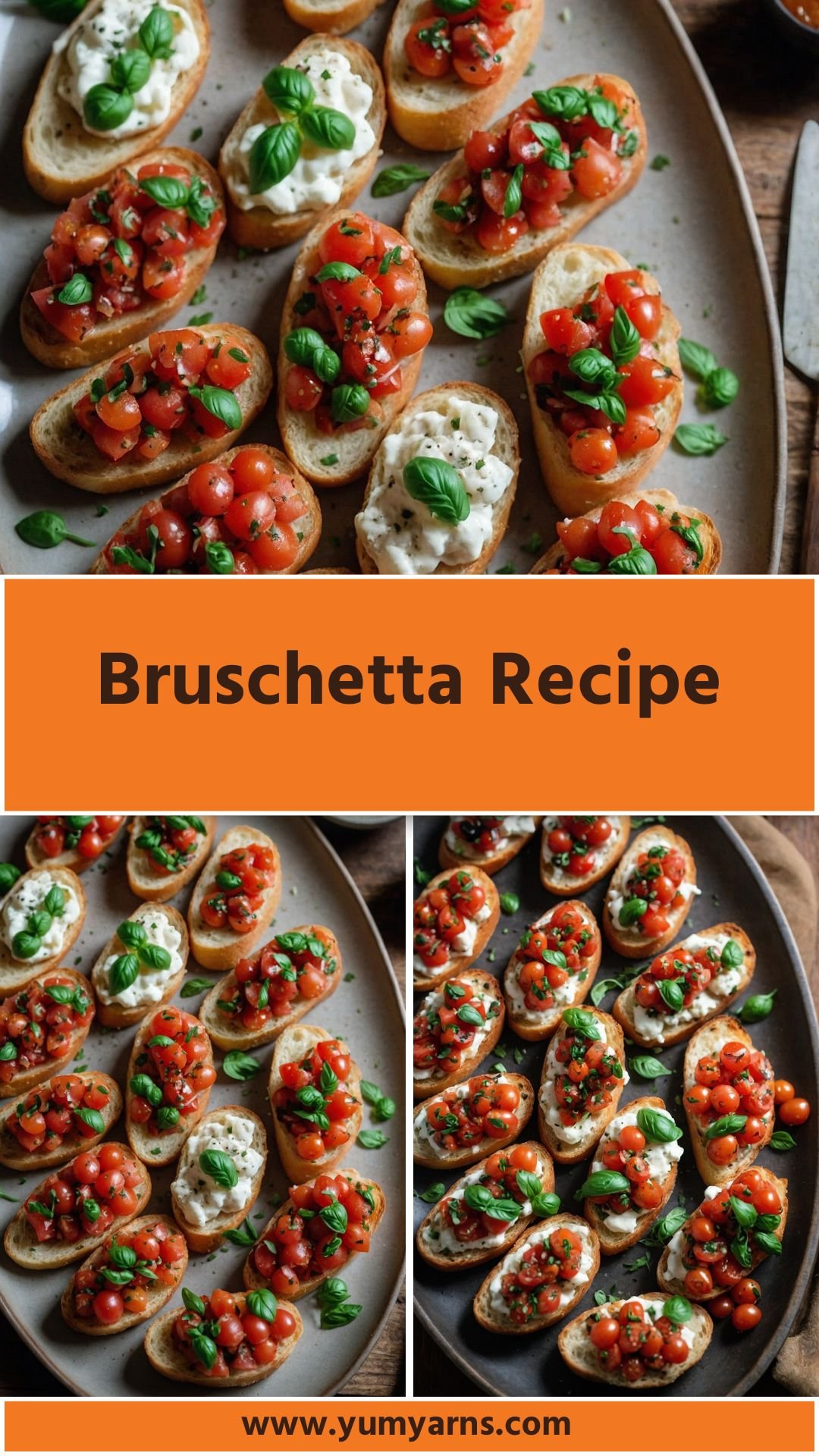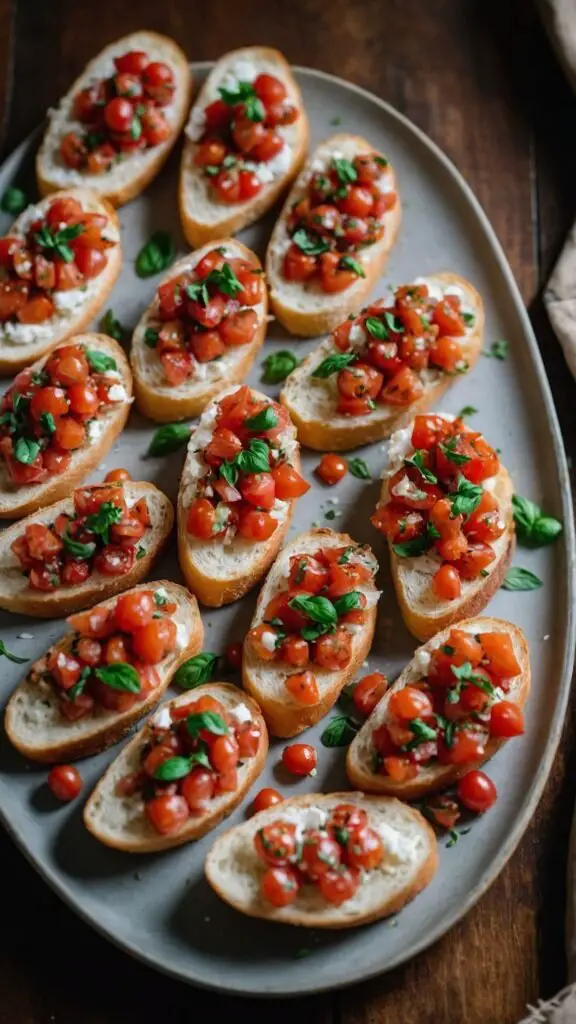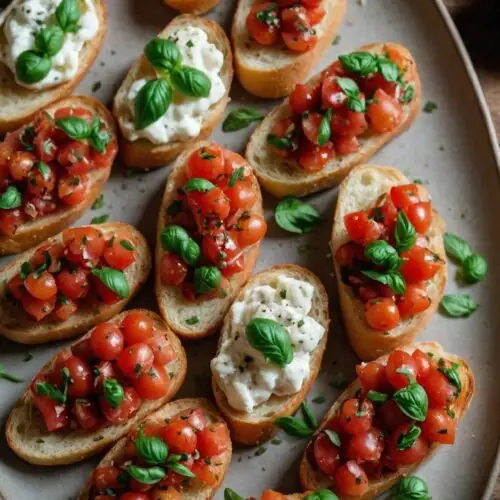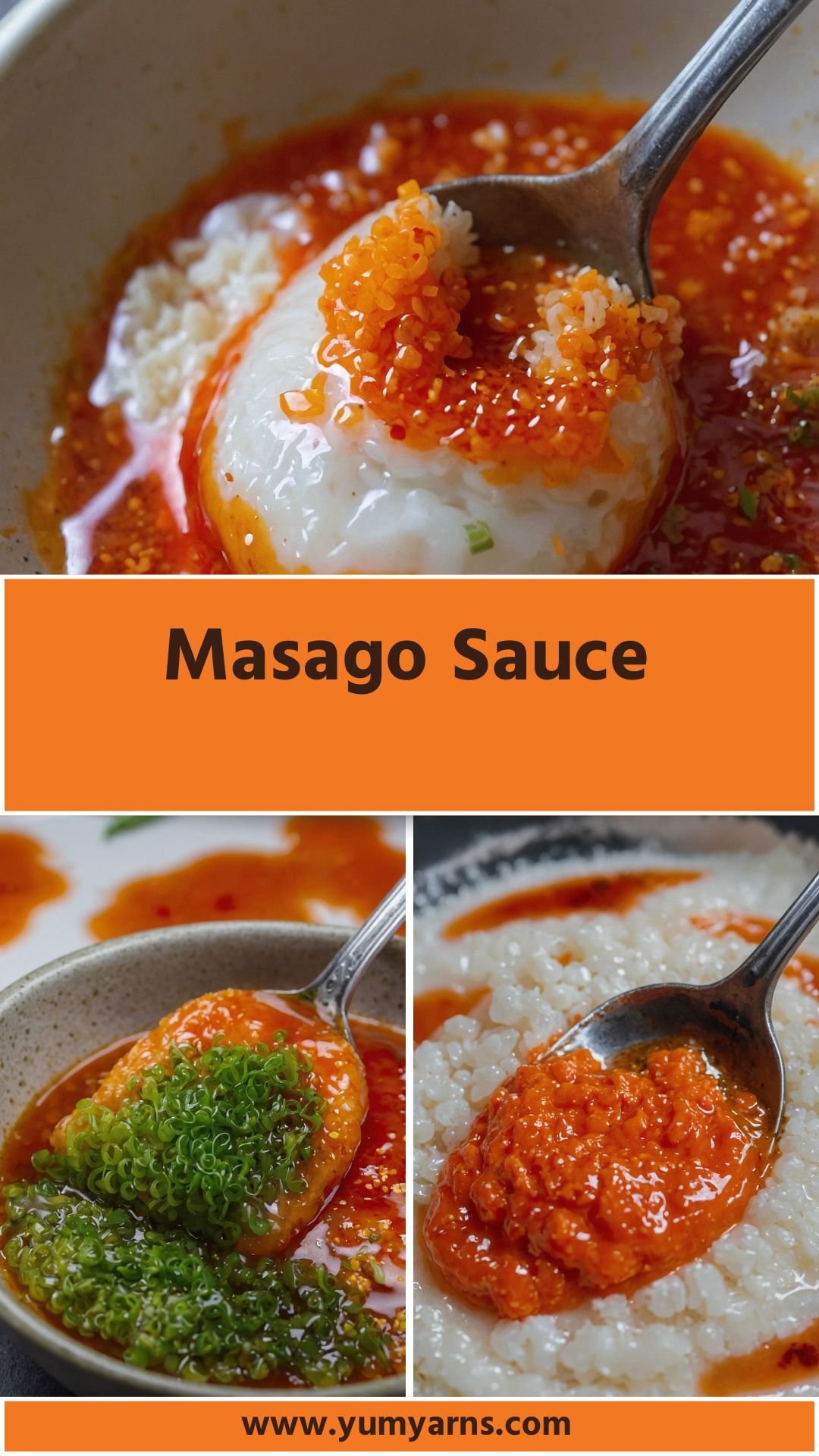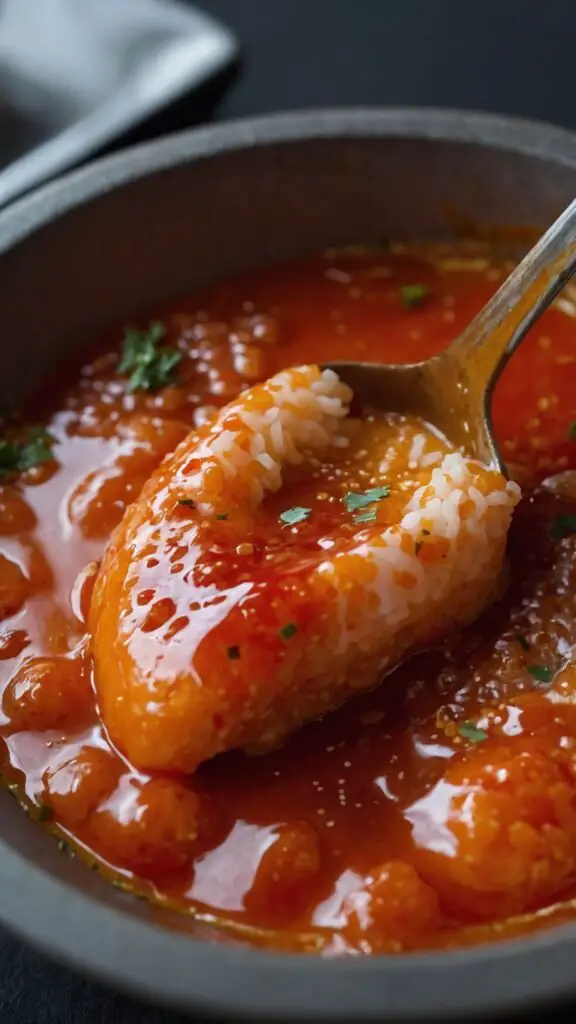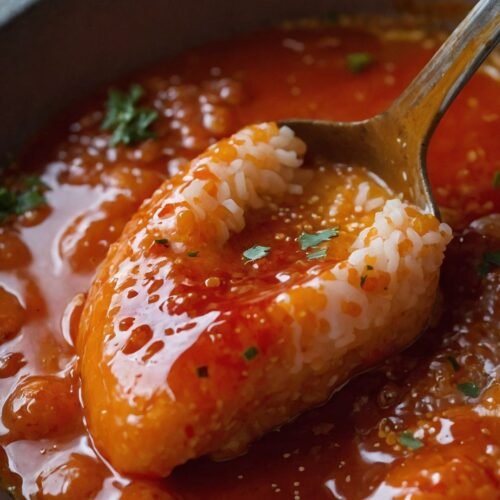Summer has arrived, and that means it’s time for fun gatherings, backyard barbecues, and refreshing drinks. If you’re looking for a standout drink that marries zesty flavors with a fruity punch, you’ve just stumbled upon the perfect recipe: the Kiwi Capiroska.
This delightful cocktail combines the bright, tangy essence of kiwi with the classic elements of the traditional Capiroska. Think of it as a vacation in a glass.

Why This Recipe is Great for You
What I love about the Kiwi Capiroska is its simplicity and fresh ingredients. Many favorite cocktails can be overwhelming. They involve mixes and syrups that can mask flavor rather than highlight it. In this concoction, the kiwi shines through, lending its natural sweetness.
You get the benefit of a fruit-filled drink that tastes amazing. The addition of ginger introduces an unexpected twist while promoting digestion. Plus, it’s vibrant and visually appealing.
Over the years, I’ve experimented with various fruits and recipes. However, this drink has won my heart. It’s fuss-free and takes almost no time to prepare, fitting seamlessly into any occasion. Whether it’s a casual Sunday gathering or a more formal affair, this drink fits right in. Let me take you through the journey of creating this refreshing Kiwi Capiroska.
Perfect Pairings
The Kiwi Capiroska lends itself beautifully to various culinary pairings. Picture this: a fresh summer salad with juicy tomatoes, crunchy cucumbers, and perhaps a light vinaigrette, followed by this refreshing cocktail. Or, imagine serving mini skewers of grilled chicken or shrimp alongside the drink. The tart kiwi and a hint of ginger can cut through the richness of the protein beautifully.
But don’t stop there! The Capiroska is versatile. It can also accompany a fruit-based dessert, like a light mango mousse or a simple sorbet. The options are endless, and that’s precisely why this drink deserves a spot at your table.
You will also like the following Drinks recipes!
The Ingredients: A Closer Look
Now, let’s get into the ingredients. For this cocktail, you will need:
- 12 lime wedges (cut from 2 limes)
- 6 ounces vodka of your choice
- 1 tablespoon light brown sugar
- 12 ounces chilled tonic water or sparkling water
- 1 cup fresh kiwifruit, peeled and diced (about 3 kiwi fruits)
- Lots of crushed ice
- 1 teaspoon freshly grated ginger (adds a zesty kick)
- Thin kiwi slices for garnish (optional, for visual appeal and extra fruitiness)
- Mint sprigs for a refreshing aroma
These ingredients bring together a party of flavors. The limes offer acidity, the vodka adds warmth, and the sugar brings just the right touch of sweetness. Kiwifruit, of course, brings the star power here—its unique taste is both tangy and sweet, and it gives this drink a beautiful green color.
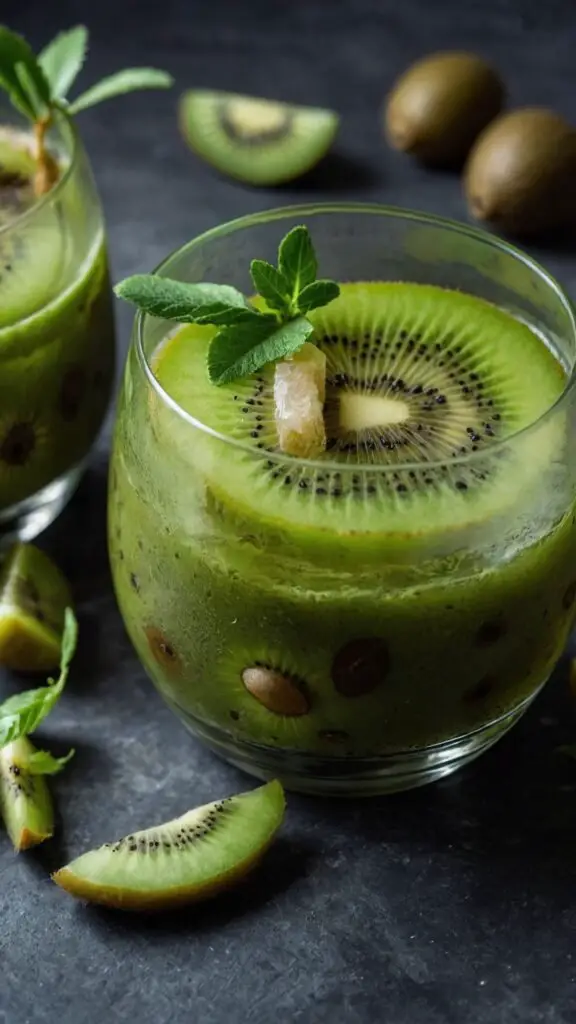
How to Make Your Kiwi Capiroska
Step 1: Prepare Your Ingredients
Start by gathering all of your ingredients. Ensure that your kiwis are ripe and ready to go. You’d want them to be sweet and juicy. Banishing any hard or overly soft ones will elevate your drink.
Step 2: Muddle the Flavor Makers
In a sturdy glass, add the lime wedges and brown sugar. Using a muddler or the back of a spoon, gently press down. You want to release the juice from the limes while combining it with the sugar. The sugar acts as a bridge, drawing out the flavors and creating a slightly syrupy base for your cocktail.
Step 3: Add the Kiwi
Now, let’s introduce our star player—kiwifruit! Add the diced kiwi into the muddled mixture. Give it a gentle stir. The vibrant green will start to blend beautifully with the citrusy lime.
Step 4: Incorporate Ginger and Ice
Next, sprinkle over the freshly grated ginger. This is where things get exciting. Stir it all together, and then fill the glass with crushed ice almost to the brim. It’s essential to use crushed ice so it melts at the right pace, keeping your drink refreshingly cool without diluting it too soon.
Step 5: Pour in the Vodka
Now, pour in your vodka. Whatever brand you enjoy best will work, but choose one that complements the light, fruity taste of this cocktail. Stir again to incorporate everything.
Step 6: Top Off with Tonic Water
Top off your glass with chilled tonic or sparkling water. This will add a bit of fizz and lighten the drink. Don’t forget to give it a final gentle stir so everything blends harmoniously.
Step 7: Garnish and Serve
To finish, garnish your drink with thin slices of kiwi and a sprig of mint. The mint not only adds a delightful aroma but also brings a pop of color.
Nutrition Information
Recipe Notes
- Lime: This citrus fruit is key for balancing flavors. Opt for fresh limes—bottled juice just doesn’t compare.
- Vodka: Quality matters! Pick a vodka you enjoy sipping on its own.
- Brown Sugar: This adds a hint of caramel undertone, different from white sugar.
- Kiwi: Look for firm, slightly wrinkled skin. If too soft, it might be overripe.
- Ginger: Fresh ginger root is a zesty addition that elevates the drink. If unavailable, ground ginger can be a substitute, but fresh works best.
- Mint: Adds a lovely aroma! Be generous—a sprig or two will elevate the experience.
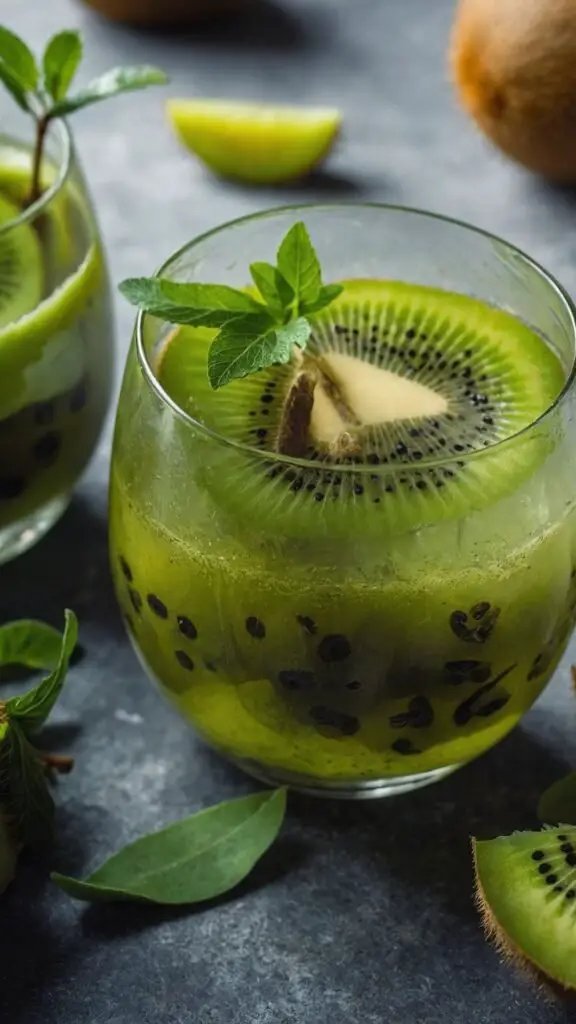
Recipe Variations
Now that you have the basics of the Kiwi Capiroska, why not play around with variations? Here are a few ideas:
1. Berry Blast: Add muddled berries like strawberries or blueberries to complement the kiwi. The extra sweetness will be wonderful!
2. Citrus Twist: Mix in lemon or orange for an even more diverse citrus flavor. A splash of grapefruit juice could also work well.
3. Herbal Infusion: Along with mint, consider adding basil or rosemary for an herbaceous note.
4. Spicy Kick: For those who like it hot, muddle a slice of jalapeño with your limes to add a hint of spice.
5. Sweet Variants: Use honey or agave syrup instead of brown sugar for a different type of sweetness.
6. Mocktail Version: Skip the vodka for a non-alcoholic version. Replace it with extra tonic water or a splash of ginger ale for fizz.

Kiwi Capiroska
Equipment
- Glass
Ingredients
- 12 lime wedges cut from 2 limes
- 6 ounces vodka of your choice
- 1 tablespoon light brown sugar
- 12 ounces chilled tonic water or sparkling water
- 1 cup fresh kiwifruit peeled and diced (about 3 kiwi fruits)
- Lots of crushed ice
- 1 teaspoon freshly grated ginger adds a zesty kick
- Thin kiwi slices for garnish optional, for visual appeal and extra fruitiness
- Mint sprigs for a refreshing aroma
Instructions
Step 1: Prepare Your Ingredients
- Start by gathering all of your ingredients. Ensure that your kiwis are ripe and ready to go. You’d want them to be sweet and juicy. Banishing any hard or overly soft ones will elevate your drink.
Step 2: Muddle the Flavor Makers
- In a sturdy glass, add the lime wedges and brown sugar. Using a muddler or the back of a spoon, gently press down. You want to release the juice from the limes while combining it with the sugar. The sugar acts as a bridge, drawing out the flavors and creating a slightly syrupy base for your cocktail.
Step 3: Add the Kiwi
- Now, let’s introduce our star player—kiwifruit! Add the diced kiwi into the muddled mixture. Give it a gentle stir. The vibrant green will start to blend beautifully with the citrusy lime.
Step 4: Incorporate Ginger and Ice
- Next, sprinkle over the freshly grated ginger. This is where things get exciting. Stir it all together, and then fill the glass with crushed ice almost to the brim. It’s essential to use crushed ice so it melts at the right pace, keeping your drink refreshingly cool without diluting it too soon.
Step 5: Pour in the Vodka
- Now, pour in your vodka. Whatever brand you enjoy best will work, but choose one that complements the light, fruity taste of this cocktail. Stir again to incorporate everything.
Step 6: Top Off with Tonic Water
- Top off your glass with chilled tonic or sparkling water. This will add a bit of fizz and lighten the drink. Don’t forget to give it a final gentle stir so everything blends harmoniously.
Step 7: Garnish and Serve
- To finish, garnish your drink with thin slices of kiwi and a sprig of mint. The mint not only adds a delightful aroma but also brings a pop of color.
Notes
- Lime: This citrus fruit is key for balancing flavors. Opt for fresh limes—bottled juice just doesn’t compare.
- Vodka: Quality matters! Pick a vodka you enjoy sipping on its own.
- Brown Sugar: This adds a hint of caramel undertone, different from white sugar.
- Kiwi: Look for firm, slightly wrinkled skin. If too soft, it might be overripe.
- Ginger: Fresh ginger root is a zesty addition that elevates the drink. If unavailable, ground ginger can be a substitute, but fresh works best.
- Mint: Adds a lovely aroma! Be generous—a sprig or two will elevate the experience.
Nutrition
Frequently Asked Questions
1. Can I use other fruits in this recipe?
Absolutely! Feel free to experiment with fruits like mango or pineapple, which can introduce tropical notes. Just make sure the taste of the new fruit complements the other ingredients.
2. What brand of vodka should I use for the best taste?
This largely depends on your palate. Brands like Grey Goose or Tito’s are widely appreciated for their smoothness. Choose one that you enjoy sipping straight for best results.
3. Is this cocktail low-calorie?
While this drink utilizes fresh ingredients, it’s still a cocktail. If you’re watching your calorie intake, consider reducing the sugar and opting for a diet tonic water.
4. How can I make this drink ahead of time?
Since muddling fresh ingredients is key, it’s best to prepare individual servings. You can pre-squeeze the lime juice and prep the kiwi beforehand but mix on the spot to ensure freshness.
5. Can I make a bigger batch for a party?
Of course! Simply multiply the recipe by the number of servings desired. Mix everything (except the tonic) in a large pitcher and pour over ice glasses when serving.
6. Is there a non-alcoholic version?
Yes! Replace vodka with more tonic water or club soda. This will keep the same refreshing essence without the alcohol.
Conclusion
The Kiwi Capiroska combines the burst of kiwi with citrus brightness in an incredibly refreshing drink. I hope this recipe delights everyone at your next gathering and makes you feel like a mixologist! Whether you’re lounging by the pool or enjoying a sunset barbecue, this cocktail will add a burst of flavor to your summer. And who knows? You may just become the go-to cocktail guru among your friends.
Sip and savor the season with this simple yet elegant drink, and trust me, you’ll find yourself smiling after every refreshing gulp. Cheers!

